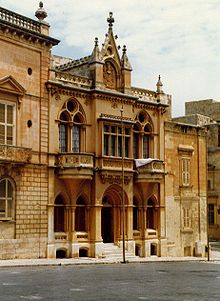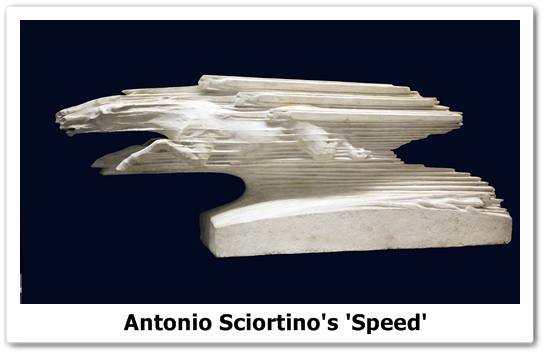Much of Malta’s art is highly connected to the art
of Sicily and Italy. The earliest temples of the Neolithic period incorporated
intricate bas relief designs and mainly consisted of spirals and nature
designs. Of course, they were extremely influenced by Roman art. Not only did
architectural styles make their way as far as cathedrals are concerned, but
frescos and decorative mosaic floor tiles as well.
The artist Caravaggio stayed in Malta for over a
year and completed at least seven paintings while he was there. He also
inspired a number of Maltese artists during his stay as well. The Baroque
period and the Rococo period brought along a renewed push in painting and
sculpture in Malta. Each art period had its own characteristics; the
Neo-classical movement promoted religious themes while the Romantic period saw
a push toward nationalism.
During the 1920s, the National School of Art was
built and established by Parliament. After WWII, modern art movements from
throughout Europe and other areas of the world began to make its way into Malta,
and they were studied and emulated.
Some famous artists from Malta include Antonio
Sciortino (sculptor), Melchiorre Cafà (sculptor), Amedeo Preziosi (painter),
Giuseppe Calì (painter), Francesco Maltese (painter), Antoine Camilleri
(painter, stamp designer, teacher), and Emvin Cremona (stamp designer,
painter).
 |
| The Lords Prayer in Maltese |
The vast majority of literature from Malta is
written in the Maltese language. The earliest works were in the form of poetry
and typically were either praise aimed for royalty or religiously themed. The
Lords Prayer and catechistic texts were commonly read during the 1700s, and
they were also translated into Italian, the other language used in Malta.
One patriot named Mikiel Anton Vassalli, who wrote
in the Romantic style, introduced a new identity in writing, a nationalism if
you will. The first Maltese newspaper wasn’t published until 1839. Although
poetry has been used for many centuries, the first true epic poem written in
Maltese wasn’t written until Giovanni Antonio Vassallo did so in 1842. Twenty
years later, the first history book was published, and the first novel a year
after that. As far as the novel goes, Malta still modeled much of its literary
styles after Italian traditions, but quickly developed their own voice.
Before the 20th century, there was a
major social distinction between the use of Italian and Maltese. Italian was
the language of literature, government, trade, and high culture, whereas
Maltese was the vernacular, what the people used as everyday language. A shift
began during the 1800s with a push toward a national identity and Maltese began
to make its way into other aspects of society.
Several writers have emerged from Malta, such as
Pietru Caxaro (poet, philosopher), Ruzar Briffa (poet), Marjanu Vella (writer,
poet), Anton Buttigieg (poet), Dun Karm Psaila (poet), Ray Buttigieg (poet,
composer), Pierre J. Mejlak (short story writer), Francis Ebejer (novelist,
dramatist), Immanuel Mifsud (poet, novelist), Joe Friggieri (poet, philosopher),
Oliver Friggieri (poet, novelist, philosopher), and Carlo Gimach (poet,
architect).
Up next: music and dance






No comments:
Post a Comment